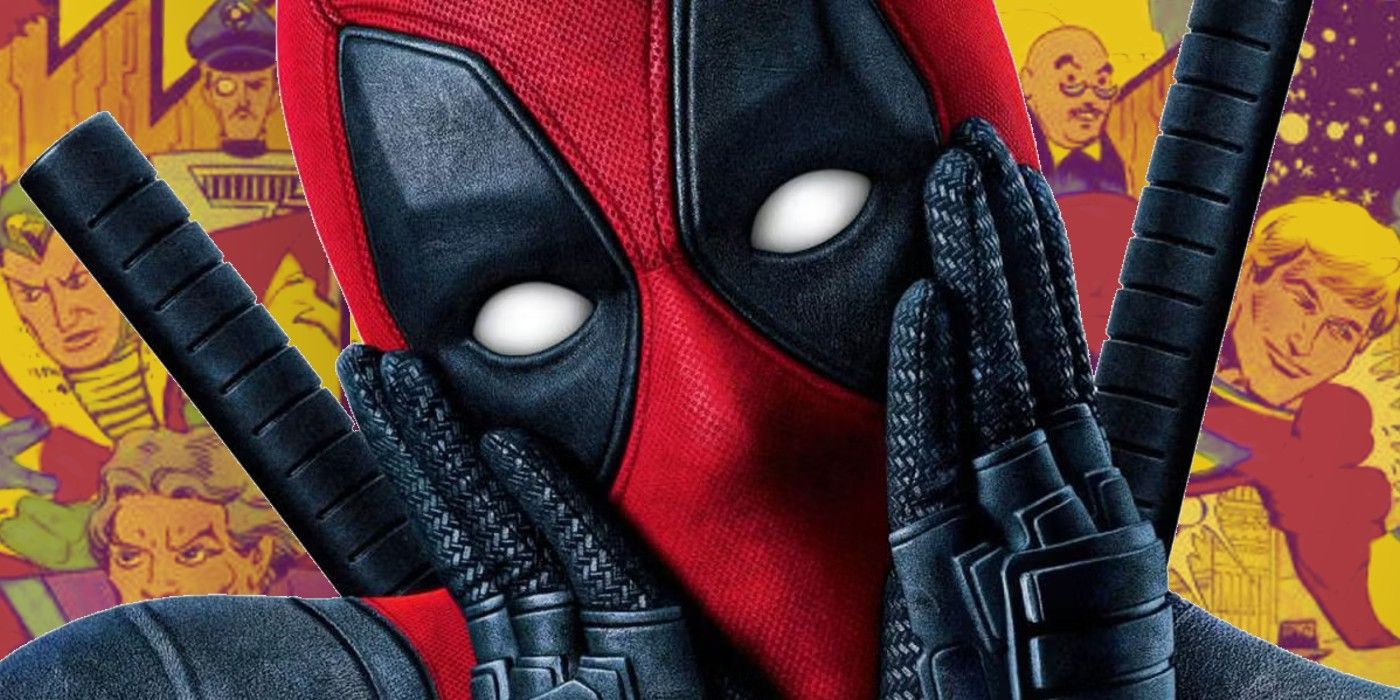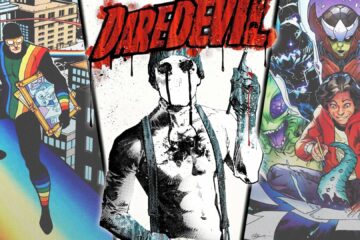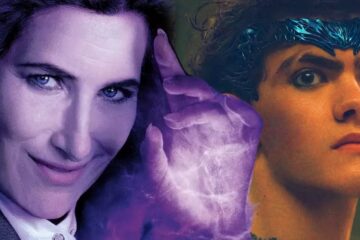Before the Marvel Cinematic Universe (MCU) popularized its heroes, a forgotten Marvel failure broke the fourth wall, proving that characters like Deadpool and She-Hulk weren’t the first to do so on the screen. Thanks to Disney, characters like Iron Man, the Guardians of the Galaxy, and Daredevil have become household names, making comic book heroes more mainstream. However, in the 1980s, Once a Hero attempted to leap beyond the pages of Marvel Comics, bringing a new hero from a bygone era to life. Filled with charm, wit, and ties to the now-legendary Marvel universe, it raises questions about what happened to this bizarre live-action series. Shrouded in mystery and subject to myth, people still wonder what Once a Hero was, what it hoped to be, and the vital role it played in TV history.Founded in 1939, who could’ve imagined that the long-lived Marvel Comics would become one of the most influential forces in modern mythology? Known for their pantheon of superheroes, supervillains, and far-out anthologies, by 1966, the comic company had made its way to television with The Marvel Super Heroes, an animated series featuring characters like Captain America, Thor, and Namor the Sub-Mariner. Over the years, Marvel’s TV catalog expanded to include beloved classics like 1977’s The Incredible Hulk, 1992’s X-Men: The Animated Series, and 2008’s The Spectacular Spider-Man. Then, as the MCU skyrocketed in popularity after 2008’s Iron Man, the demand for superheroes grew even more with shows like Agent Carter, Loki, and Marvel’s Jessica Jones. Yet, while these titles are familiar to most fans, few remember Once a Hero, ABC’s 1987 live-action sitcom that came and went faster than a speeding bullet.Some of the earliest records of Once a Hero and its production come from none other than the late comic book legend Stan Lee. Through various entries in Lee’s editorial column, “Stan’s Soapbox,” readers were given a glimpse into the early development of the series and the people behind it. After Marvel was acquired by New World Entertainment in 1986, Marvel talent, including Stan Lee, became involved with the show. Lee noted that the series underwent several title changes, evolving from Believers to True Believers to True Colors, before finally settling on Once a Hero. In his editorials, Lee expressed both his excitement and frustration over the sitcom’s development. According to him, the pilot faced a tumultuous start: the lead character, Captain Justice, had to be recast, and various parts of the pilot were rewritten, reshot, and edited before it could air. To Lee’s disappointment, ABC cut one of his signature cameos, in which he addressed the idea of superhero fatigue, a concept still relevant to this day. Despite these difficulties, Once a Hero eventually made it to air, and Marvel officially inducted Captain Justice into its character roster with a short-lived comic series that spanned just two issues.
Before the Marvel Cinematic Universe (MCU) popularized its heroes, a forgotten Marvel failure broke the fourth wall, proving that characters like Deadpool and She-Hulk weren’t the first to do so on the screen. Thanks to Disney, characters like Iron Man, the Guardians of the Galaxy, and Daredevil have become household names, making comic book heroes more mainstream. However, in the 1980s, Once a Hero attempted to leap beyond the pages of Marvel Comics, bringing a new hero from a bygone era to life. Filled with charm, wit, and ties to the now-legendary Marvel universe, it raises questions about what happened to this bizarre live-action series. Shrouded in mystery and subject to myth, people still wonder what Once a Hero was, what it hoped to be, and the vital role it played in TV history.
Founded in 1939, who could’ve imagined that the long-lived Marvel Comics would become one of the most influential forces in modern mythology? Known for their pantheon of superheroes, supervillains, and far-out anthologies, by 1966, the comic company had made its way to television with The Marvel Super Heroes, an animated series featuring characters like Captain America, Thor, and Namor the Sub-Mariner. Over the years, Marvel’s TV catalog expanded to include beloved classics like 1977’s The Incredible Hulk, 1992’s X-Men: The Animated Series, and 2008’s The Spectacular Spider-Man. Then, as the MCU skyrocketed in popularity after 2008’s Iron Man, the demand for superheroes grew even more with shows like Agent Carter, Loki, and Marvel’s Jessica Jones. Yet, while these titles are familiar to most fans, few remember Once a Hero, ABC’s 1987 live-action sitcom that came and went faster than a speeding bullet.
Some of the earliest records of Once a Hero and its production come from none other than the late comic book legend Stan Lee. Through various entries in Lee’s editorial column, “Stan’s Soapbox,” readers were given a glimpse into the early development of the series and the people behind it. After Marvel was acquired by New World Entertainment in 1986, Marvel talent, including Stan Lee, became involved with the show. Lee noted that the series underwent several title changes, evolving from Believers to True Believers to True Colors, before finally settling on Once a Hero. In his editorials, Lee expressed both his excitement and frustration over the sitcom’s development. According to him, the pilot faced a tumultuous start: the lead character, Captain Justice, had to be recast, and various parts of the pilot were rewritten, reshot, and edited before it could air. To Lee’s disappointment, ABC cut one of his signature cameos, in which he addressed the idea of superhero fatigue, a concept still relevant to this day. Despite these difficulties, Once a Hero eventually made it to air, and Marvel officially inducted Captain Justice into its character roster with a short-lived comic series that spanned just two issues.
#Forgotten #Marvel #Failure #Broke #Fourth #Wall #MCU
Note:- (Not all news on the site expresses the point of view of the site, but we transmit this news automatically and translate it through programmatic technology on the site and not from a human editor. The content is auto-generated from a syndicated feed.))



